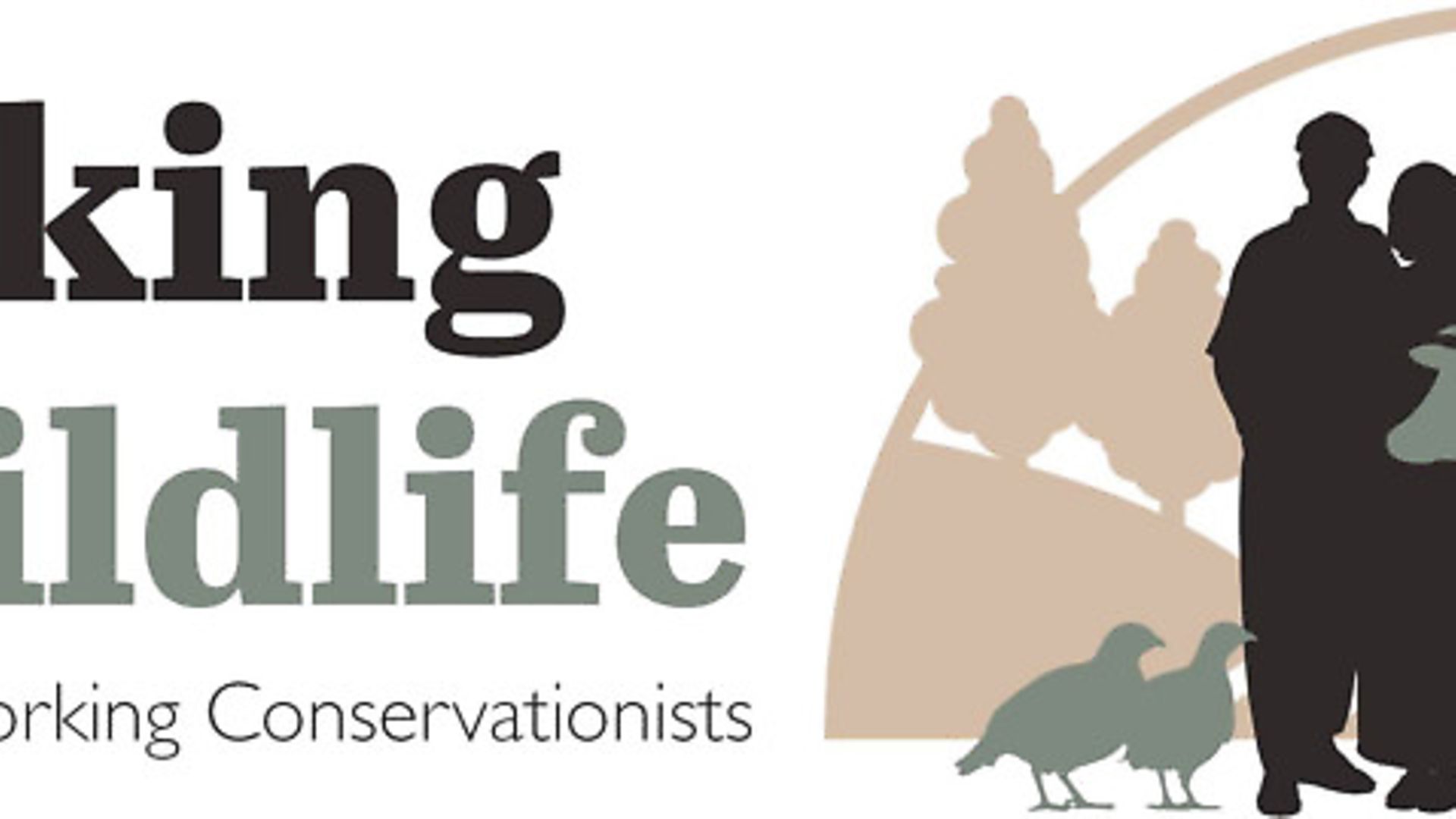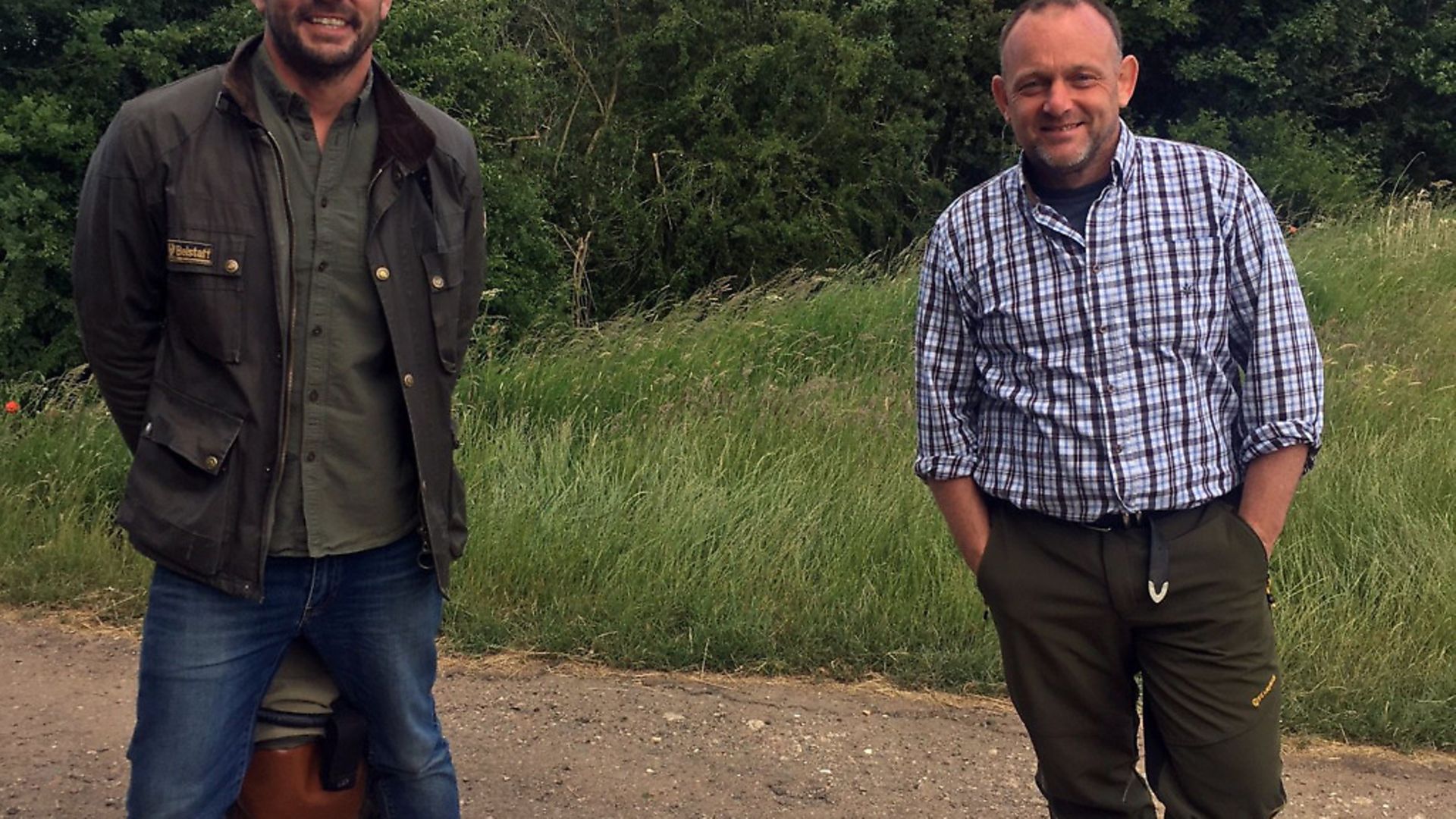A new GWCT campaign, Working for Wildlife, is putting the spotlight on Britain’s ‘working conservationists’, explains James Swyer
 credit: Archant
credit: Archant
There are very few jobs where the entire public has expectations of you. Prime minister, managing the England football team, head of state. All of these carry with them a level of prestige and financial reward befitting that pressure. It is rather interesting, then, that the farmers and land managers whose job often is to put food on our plates are also expected to provide a diverse mix of nature, good habitat and a beautiful countryside for us all to enjoy.
Far from receiving acclaim, there’s a general sense of mistrust of farmers when it comes to their unofficial role as custodians of the countryside. Yes, biodiversity is in global decline. Yes, changes in agriculture, often during the 1960s and 1970s and incentivised by government, have contributed. What is often overlooked is the many men and women driving conservation success on a local level.
If you’re a regular reader of Sporting Shooter, you’ll have seen our series of case studies, written by Joe Dimbleby. Focusing on what we call Working Conservationists, these celebrate the wonderful work that is being done the length and breadth of Britain, often under the radar. People like Geoff Eyre who has single-handedly restored more than 40 square miles of Derbyshire’s wild moorland in his ‘spare time’, or Kate Faulkner, who has been planting and maintaining hedgerows to provide habitats for harvest mice at Norton Farm near Selborne, Hampshire. Graham Denny, who is also featured, recently appeared on Channel 4 in Jimmy’s Big Bee Rescue showing what he’s achieving on his Suffolk farm. I hope the campaign can give more people like Graham a platform to step into the spotlight.
These stories show that conservation is 50% ecology and 50% psychology. It doesn’t matter how many rules and regulations, designations, stipulations and scientific theories are applied; without the inspiration and drive of individual land managers and their communities, history has shown that conservation efforts will not succeed. That’s why it’s time to put people, not red tape, at the centre of wildlife conservation.
The Game & Wildlife Conservation Trust (GWCT) has put many of these stories in one place – a new Working for Wildlife website, which features over 20 profiles of people like Geoff, Kate and Graham, whose passion and positive action are essential to the national approach to reversing the decline in British wildlife.
“It’s common to think of nature reserves when thinking of wildlife but the majority of our wildlife lives on farmland, moorland, in woodland and rivers outside nature reserves,” says Dr Roger Draycott, who advises farmers and land managers on behalf of the GWCT.
 credit: Archant
credit: Archant
“While the growing demand for food production has impacted on wildlife,” continues Roger, “there are lots of examples across the UK of local wildlife recovery where nature is thriving thanks to the efforts of the farmers and land managers who work in the countryside – but these successes often go unrecognised. The aim of the Working for Wildlife website is to highlight and build upon the efforts of these ‘working conservationists’.”
National conservation goals are important, but decisions need to be made field by field and hedge by hedge. As well as celebrating the working conservationists of today, the Working for Wildlife website aims to encourage other land managers to follow the lead of these pioneers, and to nurture a new network of working conservationists, who subscribe to the website’s commitment to ‘a more positive approach to conservation’.
It is also hoping to increase the campaign’s impact by asking people to sign the Working for Wildlife pledge. Be it the public, shooters, farmers, politicians, birdwatchers, we believe anyone should be able to sign the pledge and the values it supports. You can make a difference by signing it today at www.workingforwildlife.co.uk/pledge.